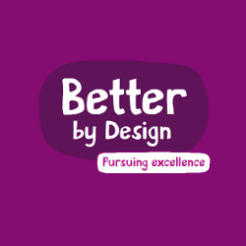Cancer charity Clic Sargent has published a free guide outlining how it reduced expenditure by £1m, and explaining how other charities can use the same principles to cut costs.
The guide, entitled Better by Design, outlines how Clic Sargent used a process known as Lean Six Sigma to review every part of its operation. It saved just over £600,000 in costs and generated extra income of just under £500,000. The charity, which has a turnover of £22.6m, says it reduced its non-service delivery cost base by 8 per cent in total.
The charity said it appointed a head of change management, and attracted support from corporate partners. It said it took a decision to involve staff in every aspect of the process rather than relying on external consultants, and that it focused on ensuring there was good communication with staff at every point. One in seven staff were directly involved in the process.
It said that while the decision to rely on staff was extremely successful, it had to provide extensive education in communication and data management. It set up a specialist coaching team, and improved transparency between teams in the organisation.
The charity began work in early 2012 with a pilot process looking at stock management, where 94 per cent of staff directly involved said there was room for serious improvement. The pilot project identified savings worth £141,000 a year.
The charity spent just under £390,000 on the process over two years. It made improvements worth £141,000 a year in procurement, £232,000 a year in income processing, and £180,000 a year in VAT.
“In late 2011, having invested in regular giving, and facing continued pressure in a challenging economic climate, we had a located budget deficit of £1m,” the charity said in the report. “We faced stark choices: stop investing in growth, cut back or reduce costs.
“We chose to continue our commitment to growth, and to remove £1m from our cost base without cutting services or reducing capacity, by embarking on a business improvement programme to improve effectiveness and efficiency.”
Lorraine Clifton, chief executive of Clic Sargent, said that any charity thinking about such a project should go ahead.
“Any organisation, however well run, will contain inefficiencies, and will benefit from looking again at core business processes,” she said.
She said that the project had required significant buy-in from senior managers, and had involved trusting staff, but had been extremely worthwhile.
“As well as the massive saving, Better by Design has reduced frustration by enabling staff to act when they know something isn’t working as well as it could be,” she said. “The charity is now much better prepared to expand our services to meet the gaps in the support that exist for children and young people with cancer”.









